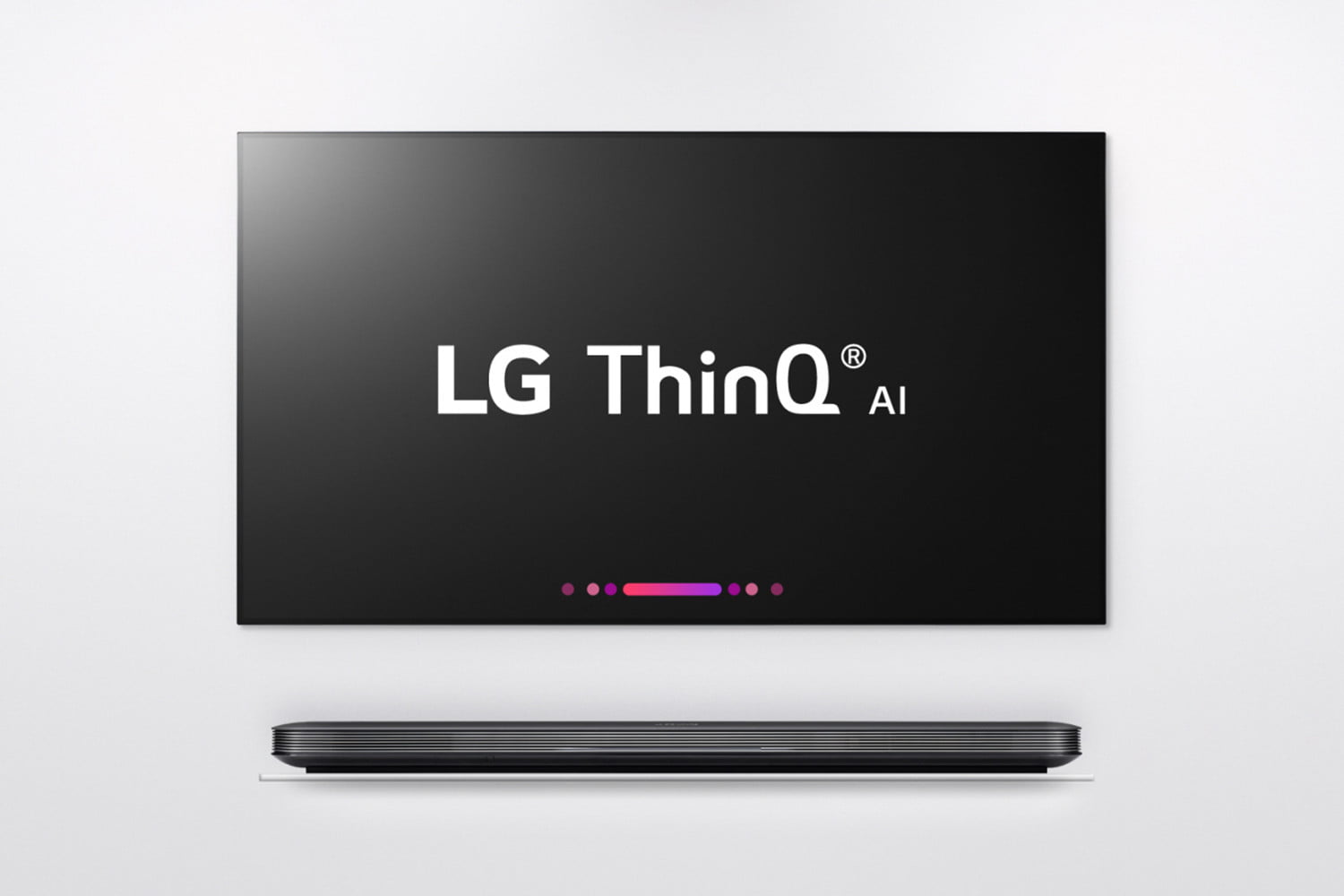
It’s 2018 and many of the big TV manufacturers are now pushing OLED TVs as the largest and greatest flat-screen tv. OLED TV is basically a type of LCD television that uses light emitting diodes (LEDs) to backlight the display instead of the cold cathode fluorescent lights (CCFLs) used in Standard LCS tvs. One of the companies at the forefront in adopting this OLED technology is LG Electronics with their LG OLED Tvs.
During a media engagement recently, the company introduced it’s LG OLED Tvs to a number of tech bloggers and journalists. Remember earlier this year LG Electronics (LG) was honored with more than 90 awards at CES® 2018, led by the Official CES Best TV Product Award for the fourth consecutive year, this time for the new LG AI-enabled OLED TV (model C8). LG also earned numerous best-of-show honors for the W8 series, but also for the LG 4K UHD Projector.
I need to also mention that at the Consumer Electronics Show (CES) LG Electronics introduced around ten new models in the OLED TV range as well as the Super Ultra HD range. The models in the OLED TV range included the LG W8, G8, E8, C8, and B8 while the Super Ultra HD range SK80, SK85, and SK95. I wouldn’t go much into talking about the Super Ultra HD but promise to say a few things about it in my next article. Let’s talk about the OLED TV.
- Read>>LG is leading the way to a brighter future for renewable energy
- Read>> LG is already gearing up to disrupt Artificial Intelligence technology space
First, I need to remind you that the key pros of LED TVs are that they use less power and also produce less heat than plasma or other LCD TV which is something LG Electronics really emphasized during the media-blogger-LG engagement I mentioned earlier. They are also brighter, with a sharper display and come with a better contrast ratio than other LCD Tvs.
Each model of the LG OLED TVs unveiled this year boasts a range of design factors which include Picture-on-Wall, One Glass Green Screen, Picture-on-Glass, and Cinema Screen design. LG Electronics says the Alpha processor allows the OLED TVs to deliver better image rendering and colour reproduction with enhanced viewing angles. In addition to this, the TVs also feature Dolby Atmos sound technology, bringing the thrilling impact of the movie theater experience into your living room.

The new LG OLED TVs also boast of advanced AI capabilities thanks to the company’s very own ThinQ platform. With the embedded AI, viewers or consumers can interact directly to the remote control by voice and access ultra-convenient features of the Google voice assistant technology. The inclusion of LG’s ThinQ also means that each of the OLED tv models can act as a smart home hub. A smart home hub, consumers can connect the tv to other smart home devices like vacuum cleaners, air conditioners, smart speakers and much more. This makes it easy for them to control any smart home appliance as long as it is connected to the new OLED TVs via Wi-Fi or bluetooth.
ThinQ was developed last year with the establishment of LG’s Artificial Intelligence Lab in Korea to accelerate research into AI. The platform enables easy integration of AI into a wider range of products, allowing LG product developers to apply deep-learning technologies to future products.
Well, OLED TVs look like something I would really spend my money on right now. If you’re using the tv already, what’s your experience like? Leave us a comment in the comments section below and remember to also subscribe to our newsletter to ensure you don’t miss out on any updates from our website on consumer electronics.



Can more light be shade to me on the differences on led and lied.thanks